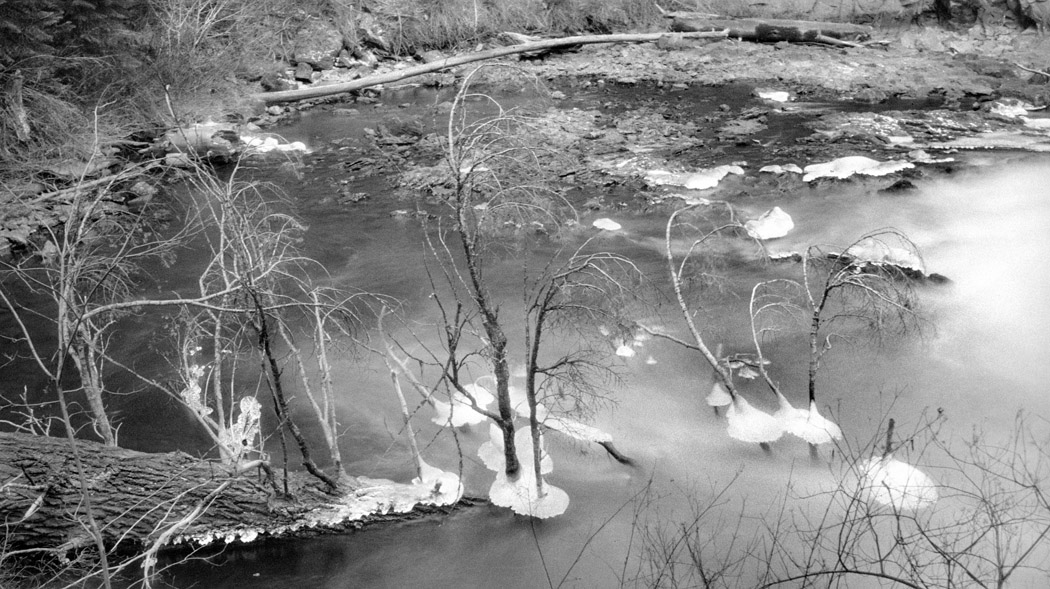Deja vu all over again
December 29, 2011****************************
"In the first four years of this research work, over three thousand very carefully arranged and recorded emulsions were made and approximately five miles of paper, thirty inches in width, was used. Energy was poured in ruthlessly — Sundays, holidays and nights, frequently until one and two o'clock in the morning."
"Successful emulsion making depends upon so many and in some cases such apparently trivial factors that the information given must be looked upon rather as signposts pointing the way than milestones conveying definite and accurate information."
"As a still greater curiosity may be mentioned an axiom promulgated by [an old (successful) emulsion maker]...that reversal of the direction of stirring of an emulsion during the mix inevitably produced fog, a statement that has, of course, about as much truth in it as that the moon is made of green cheese."
Photographic Emulsions: Their Preparation and Coating on Glass, Celluloid and Paper, Experimentally, and on a Large Scale, by E.J. Wall, 1929.
****************************
"Reduced to its simplest form, the making of a sensitive emulsion has a good deal of resemblance to cooking. Solutions of their reacting salts are weighed out and mixed, one of them containing a little gelatin which acts as a protective colloid and as a means of preventing sedimentation of the halide precipitate. Any amateur cook knows the difficulty of making a good mayonnaise or hollandaise sauce. Some of the tricks of the emulsion-maker are comparable to those of the adept culinary artist, and the sensitometric characteristics of the finished emulsion largely depend on the exact method of mixing and cooking."
Photographic Emulsion Technique, by T. Thorne Baker, 1941.
****************************
"The state of photography nowadays is such that the amateur and professional alike are surrounded by an overwhelming mass of all kinds of materials — cameras, plates, films, papers, chemicals — with the inevitable result that any one individual who does not succeed with a certain class of goods will prefer to leave it and try another, rather than try to ascertain the reasons for his failure. It is not enough, furthermore, to be satisfied if we are successful; let us endeavor to find out why success has attended our efforts, every bit as much as failure, so that a clear knowledge of the principles of photography shall guide our future work, and make us as independent as possible of facts, formulae, and friends."
Successful Negative Making, by T. Thorne Baker, 1905.
****************************
